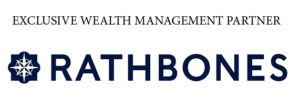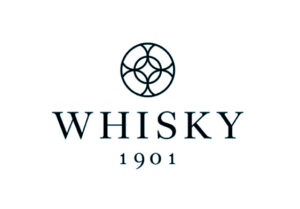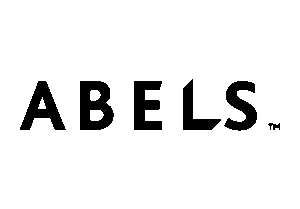Wealth reports point the way for the art market in addressing the next generations
Many of the leading brands associated with wealth produce annual reports to assess trends and predict where the money will go. Knight Frank, UBS and Allianz are just three of them.
The first of these, Knight Frank, has dedicated part of its 2025 report to identifying five areas that its experts see as the next hot collectible fields. They include 1980s sports cars, artworks by female surrealists, rare maps, Pokémon cards and coloured gemstones.
UBS, meanwhile, predicts that the number of dollar millionaires globally will rise to more than five million by 2029.
One of the most interesting insights comes from the latest of these reports, Altrata’s World Ultra Wealth Report 2025, published at the end of September. It reveals that the ultra-wealthy Next Gens (Generation Z and Millennials) – defined as those currently worth more than $30 million – are most often to be found in the hospitality, entertainment and technology industries, even if banking and finance continue to dominate.
Altrata, whose business is all about wealth intelligence and data sets, also predicts that by 2040 Next Gens will comprise almost 35% of the world’s UHNW population compared to 8% today. This will undoubtedly have an impact on tastes in the art and collectibles market, an important consideration for those looking to sell to them – UHNWs currently account for almost $20 billion in fine art sales a year.
The market also knows the value of networking, and Altrata reveals that UHNWs tend to have direct connections with around 70 other UHNWs.
The big challenge will be to generate more interest in art and culture among the Next Gens. The report puts it as a priority interest among UHNWs of the Silent Generation (born pre-1945), but less so among following cohorts. Nonetheless, as people mature, so do their interests, and as the art and collectible markets tend to move with the times and changing tastes, the international art market is likely to attract new followers as the years go by.
The art market tends to be robust in the long term because it is eminently adaptable. Targeting wealth is harder, but these insights may well help companies sharpen their focus as they look to the future.





